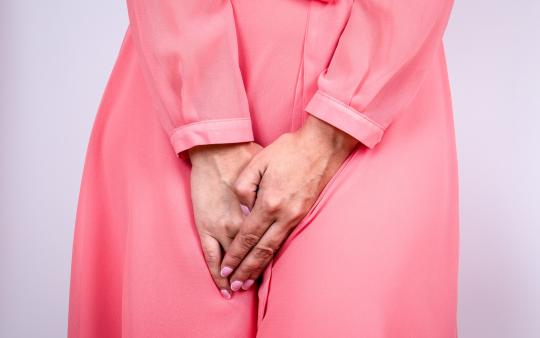Her favourite soccer team had just made the winning goal! She was wildly cheering and suddenly stopped. She turned to her friend and whispered, “I need a sanitary pad.” She had just peed her pants.
What is Stress Urinary Incontinence?
Many mothers can relate to this story. It's a reality for many women and can be embarrassing when it happens. The loss of bladder control is called “urinary incontinence,” which manifests in various forms. Women who have given birth commonly deal with “stress urinary incontinence”. Stress urinary incontinence is the result of physical pressure on the bladder—a sneeze, a cough, laughing or jumping—that results in uncontrolled urination.
Risk Factors for Stress Urinary Incontinence
Risk factors that increase a woman’s chance of stress incontinence include vaginal delivery, being overweight, and aging in general. Though vaginal delivery increases the risk of urinary incontinence, women who deliver via cesarean section are also at risk.
Function of Our Pelvic Floor
During pregnancy, the increased weight of carrying a baby places a lot of pressure on the pelvic floor muscles and sphincters. The muscles have to work harder. If a woman starts off with a weak pelvic floor, she has an increased risk of stress urinary incontinence. The pelvic floor muscles are a series of muscles that work together to form a support against gravity to hold up all of the pelvic organs (bladder, uterus, rectum). These muscles also form the sphincters around our anus and bladder that open and close to let out urine and fecal matter.
Treatment for Stress Urinary Incontinence
There are several solutions to address incontinence. In severe cases of stress urinary incontinence, medications as well as surgery are used for treatment. Side effects associated with these treatments can damage nerves, produce adverse reactions to medications and result in scar tissue development. Before choosing these interventions, there are naturopathic doctors, physiotherapists and physical therapists who can address incontinence through a specific exercise regimen, diet and counselling. When searching for a medical provider, find one who specializes in pelvic floor rehabilitation. They can assess the strength and weakness of the pelvic floor and provide treatment and exercises that will help treat the issue. Many women have heard that it's good to do “Kegels”—an exercise that squeezes and relaxes the urinary sphincter muscles. Kegels are an effective exercise, but when done improperly, Kegels can worsen some situations. So, before starting Kegel exercises, be sure to get an evaluation to identify and address any imbalances in the pelvic floor muscles. Even during pregnancy, a knowledgeable medical provider can provide a treatment protocol to help strengthen the pelvic floor. A healthy pelvic floor, a balanced and nutrient-rich diet plus emotional well-being are all important factors in reducing the risk and severity of stress urinary incontinence.
Ready to get back into exercise? Be sure you know these 5 postnatal exercise tips.









